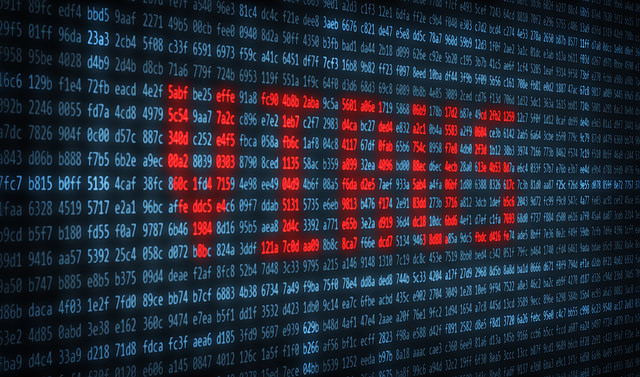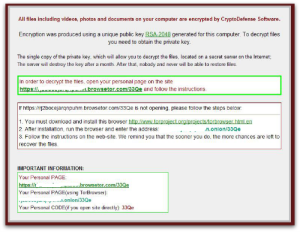Two years ago, we wrote an article about CryptoLocker. Around that time, the virus had made its menacing debut and sent waves throughout the IT industry. CryptoLocker was named the worst virus in 10 years.
The Evolution of Crypto
Today, we’re here to write about how to avoid ransomware. In June of 2014, the network of computers behind the scam were seized by the United States. However, Cryptolocker wasn’t shut down before it inflicted tons of damage. It’s believed that the virus may have infected 1 in every 30 computers and made as much as $30 million in a 100 days.
It didn’t take long for a copy-cat to surface. A virus called “CryptoWall” picked up where CryptoLocker left off. This virus also spreads primarily through deceptive emails. Once the email attachment is opened, CryptoWall installs itself in the background and digs its teeth in.
Then, goes to work quickly and irreversibly locking (encrypting) documents located on the computer AND its network drives. So, one infected computer can lock the files located on your company’s shared network drives. Thus, it can affect your entire company.
This virus (and many others) uses “social engineering” to trick people into opening the email and its attachment. Emails are disguised as known sources like FedEx, UPS, ADP, Voicemail System, Fax System, or even a Scanner. Thus, you’re more inclined to open the “important document” attached. Unfortunately, this document is actually a copy of the virus.
Often, staff open these emails and the accompanying attachments/links, quickly falling into the trap. The major rule with email is, if you don’t know the sender – DON’T OPEN THE ATTACHMENT OR LINK. Moreover, you should just delete the email.
Recovering from Crypto-Attacks
Recovering from this virus isn’t extremely difficult as long as you have a solid backup system such as our Managed Online Backup service. However, restoring your data can be a time-consuming process, resulting in downtime for your company.
So, the key to avoiding ransomware is to prevent the infection altogether. Antivirus and spam filters alone will not 100% prevent this quickly evolving virus. Educating staff about email security remains the most effective.
Preventative IT Security Measures
Some of these emails can be pretty convincing, so we recommend you read our article on “Phishing” to get a better idea of how to avoid these dangerous emails. Once your staff becomes better educated, we recommend that you deploy several other preventative measures.
- Block .Zip File email attachments
- Create group policies that prevent outbound linking
- Implement internet Security Filtering
- Managed Antivirus Systems
Contact us today if you’d like help with preventative measures.
For a more in-dept look at your IT security: Check out our guide: Is Your IT Security up to Par?
Want to know more about Managed IT Services? Check out our guide: Are Managed IT Support and Services Right for You?
Image of virus Courtesy of Yuri Samollov CC BY 2.0



